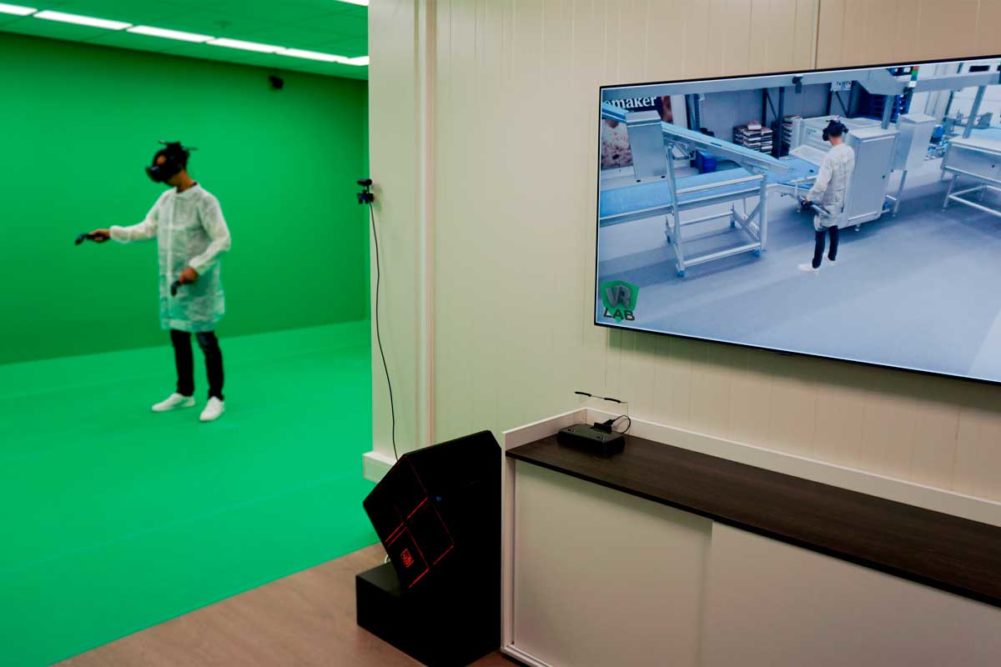Virtual reality (VR) and augmented reality (AR) have been the most promising technologies on the scene in recent years. While their popularity in the entertainment space has gotten a lot of media attention, different industries have noticed the possibilities they bring to training. With its workforce gap and training challenges, the baking industry certainly can use any tools it can get.
“There is a growing talent gap between our highly automated systems and the plant personnel who can maintain them,” said Jack Kilbride, vice president of systems and automation, Zeppelin Systems USA. “Such tools will allow highly qualified personnel to work with multiple machines or locations more quickly and efficiently.”
VR and AR are similar but have important differences that best suit each for specific tasks. Both are interactive environments. VR is what most people picture when they think about a digital environment that’s designed to be completely immersive and separate from the real world.
AR, on the other hand, is a real-world environment enhanced by digital information. In a commercial bakery, this could look like an operator using the camera of a smart phone or tablet to look at a piece of equipment and seeing a digital interface on the screen showing useful information such as manuals. Both technologies are constantly improving, making them easier to use and more cost-effective.
“I think VR and AR will become limitless as products develop and companies become more accustomed to using them,” Mr. Kilbride said.
VR and AR both provide bakers with several advantages when it comes to training. With the pandemic restricting supplier visits, these systems can offer a safer training or troubleshooting method.
“For companies limiting personnel allowed in their facilities, it gives them an opportunity to do training and troubleshooting without a site visit,” Mr. Kilbride said. “It also can be used to help pinpoint real production issues. You can get a virtual view overlaid into a live view. You can see operating manuals while viewing a picture of the real machine.”
Beyond the pandemic, VR and AR offer a range of benefits for training in a safe environment.
“Augmented or virtual reality has many advantages for bakery training, particularly for industrial equipment,” said Claire Auffrédou, marketing and communications director, VMI. “For example, learning to operate a new machine can be dangerous, and handling a virtual 3D replica is risk-free.”
There are also several cost savings whether it’s reducing downtime on the production floor or speeding up the training process.
“By using a virtual environment instead of a real production location, the customer’s daily production is not disturbed by the training, and no waste occurs,” said Nick Magistrelli, vice president, sales and marketing, Rademaker USA.
Rademaker has used augmented reality as a part of its 24/7 service because it is fast and mobile. The company has also seen the technology eliminate language barriers, a plus when working with bakers around the world.
VR and AR training systems can speed up training and save on training costs. According to Ms. Auffrédou, operators learn more quickly in a virtual system where they can safely make — and learn from — mistakes without the fear of wasting product.
“It is possible to train on a complete process,” she said. “For example, operators can understand the space and distances in an automated mixing system with bowl transport while respecting safety measures.”
Mr. Magistrelli has seen how VR training eliminates distractions, streamlining the training experience.
“Because of the setup we use, VR goggles combined with a large video screen, the training is focused on one person while others can watch and learn,” he said.
This article is an excerpt from the September 2020 issue of Baking & Snack. To read the entire feature on augmented and virtual reality, click here.






